Social megatrends also have a strong influence on the development of the dog food market. Industry experts predict that sustainability will continue to play an increasing role in dog food in the future. As a result, the market will see more products made from or in combination with plant-based ingredients and alternative proteins. “The ingredients don’t have to be exclusively meat-based,” explains Andreas Pannenbäcker, sales manager at Dokas, in an interview with PET worldwide. He is convinced that snacks in particular will act as a bridge to alternative ingredients or protein sources in the main feed and convince consumers. Dokas already has insect protein snacks in its range and plans to launch a plant-based snack range soon. However, industry experts also report cautious consumer behaviour and increased price sensitivity. In particular, demand for super-premium products is reportedly weaker at the moment.
Czech dog food specialist Vafo also wants to play a pioneering role in the industry with a self-imposed commitment to sustainability. “This includes consistently reducing our environmental footprint,” says Marketing Manager Tereza Alvarez Sone, who is also passionate about sustainability. The 2025 plan stipulates that 95 per cent of the packaging used must be recyclable, the use of sustainable raw materials must be promoted and at least 25 per cent of the energy used must come from sustainable sources. Vafo is also recognised as a European leader in the use of alternative proteins from insects and plants.

The thing with meat
The question of “how much meat does an animal need” is also being debated at German private label specialist Seitz. The company is certain that dogs do not need the high meat content of 90 to 100 per cent that has been communicated in the past. “It is all about the right nutritional values, which can be achieved with alternative proteins,” says managing director Max Graf Kerssenbrock. He stresses: “As much meat as possible has been an industry-wide fallacy”. However, the range of vegetarian alternatives on offer at Seitz is not considered to be very attractive, particularly in terms of important sensory characteristics such as appearance, feel and odour. To address this, the company has invested heavily in the development of vegetarian products. According to Kerssenbrock, these should be “clearly differentiated from the existing range in terms of quality and at comparable prices”. In particular, Seitz wants to enrich the private label market with products that “meet the highest sensory standards, are virtually indistinguishable from products for human consumption, and thus sustainably increase the acceptance of meat-reduced or meat-free complete feeds for humans and animals”.
Many industry experts are also critical of the development of the barf segment. Offering raw meat poses risks in terms of handling and frozen food chains, which are increasingly coming to the attention of health authorities. Gently cooked products are therefore already a major issue, particularly in the US and UK, and could soon be a useful addition to traditional barf here too. These are gently cooked, pasteurised products that are a cross between canned and barf, and are offered in chilled or frozen form.

 Menü
Menü

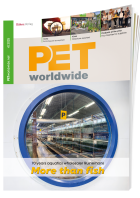



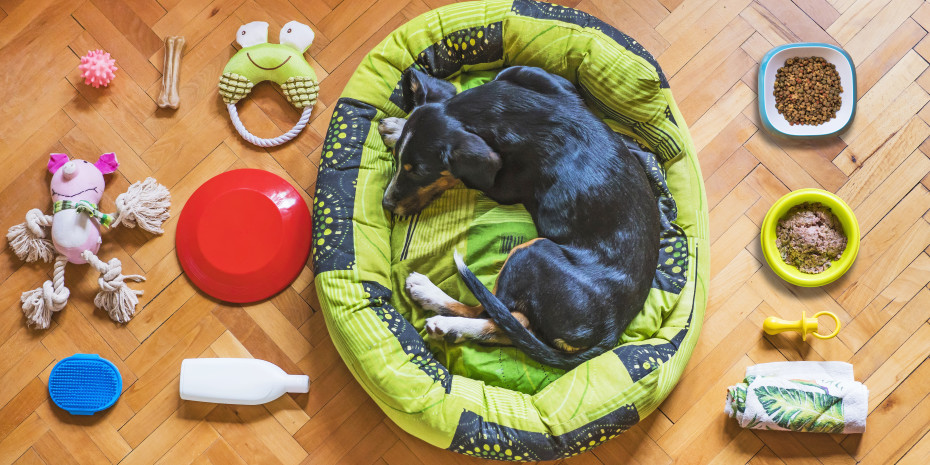

 04/2024
04/2024



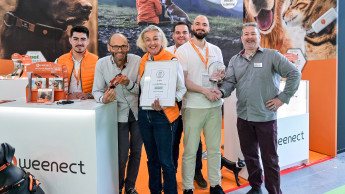

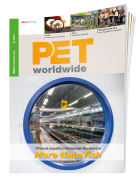

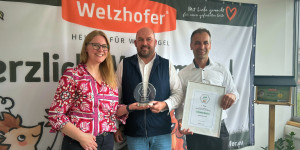


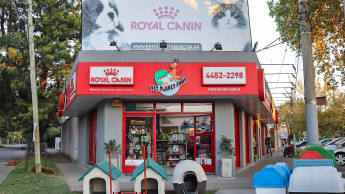
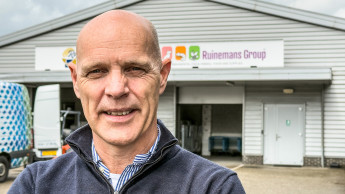
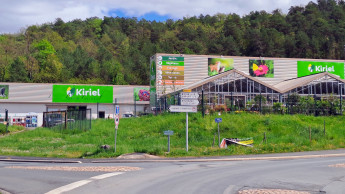
 Newsletter
Newsletter